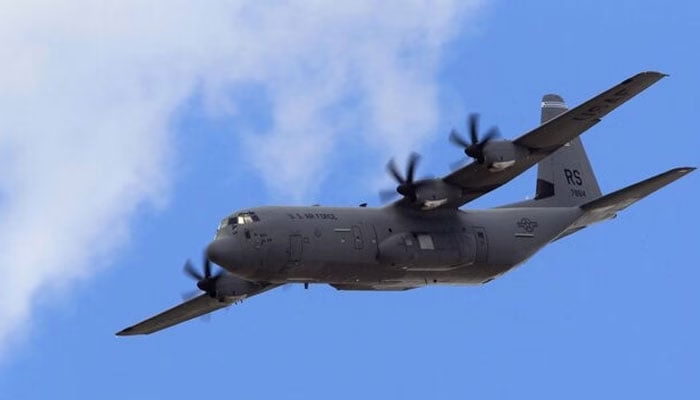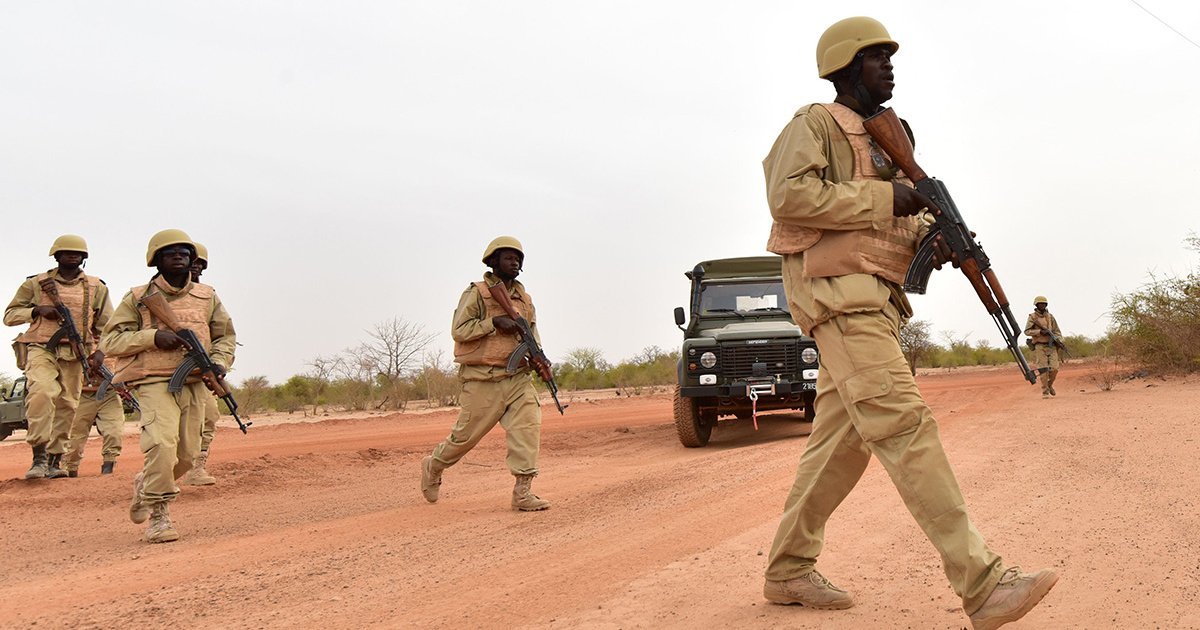India’s recent inauguration of the Mudh-Nyoma airbase marks one of the most important defence developments in the Himalayan region in recent years. Located merely 30 km from the Line of Actual Control (LAC), the new airbase strengthens India’s strategic posture at a time when ties with China are warming, yet mistrust continues to linger. The landing of a C-130J aircraft by Air Chief Marshal A. P. Singh at this high-altitude facility represents more than a symbolic moment — it signals a shift in operational readiness and regional dynamics.
A Landmark Landing at 13,000 Feet
The Mudh-Nyoma airbase sits at a staggering height of roughly 13,000 feet in Ladakh. Such altitudes create significant challenges for aircraft operations due to reduced air density, unpredictable winds, and extreme cold. Successfully operating a heavy military transport aircraft like the C-130J at this altitude demonstrates both the capability of the Indian Air Force (IAF) and the importance India attaches to securing its mountainous frontier.
This airbase is India’s third major military aviation facility in the region, complementing existing airfields that support logistics, surveillance, and tactical operations. While it has long been used for limited operations, its upgrade to support fighter jets marks a major leap in India’s border preparedness.
Strategic Importance in a Sensitive Region
The Mudh-Nyoma airbase has been developed during a particularly complex period in India-China relations. Although both countries signed a major agreement in 2024 to ease border tensions and have resumed two-way visits, years of mistrust cannot be undone instantly. Satellite images and reports from Indian defence officials indicate that military infrastructure has expanded on both sides of the LAC.
In this context, the new airbase enhances India’s ability to deploy fighter aircraft, drones, transport planes, and surveillance systems more quickly and efficiently. Retired Air Marshal Sanjeev Kapoor referred to it as “a new challenge for adversaries,” highlighting its ability to improve rapid response during crises.
China, too, maintains high-altitude airfields in the region, some at similar elevations. The strategic balance in the Himalayas has long been shaped by such infrastructure developments—roads, helipads, airstrips, communication networks, and logistics hubs. The Mudh-Nyoma upgrade is India’s latest move to ensure parity and operational confidence.
The Shadow of Past Tensions
India and China share a 3,800 km border that has remained disputed since the 1950s. The 1962 war left deep scars and established a legacy of mistrust. While both countries have successfully avoided a full-scale conflict since then, tensions often rise due to differing perceptions of the boundary.
The deadly clash in 2020, which led to the loss of soldiers on both sides, marked one of the lowest points in relations in decades. In the years that followed, disengagement talks reduced immediate tensions but did not fully resolve deeper issues. Indian officials continue to express concerns over troop deployments and infrastructure buildup on the Chinese side.
Against this backdrop, strengthening high-altitude air capabilities is not an act of provocation but a necessity for safeguarding territorial integrity.
A Boost to Local Connectivity and National Security
While national security remains the primary purpose of the Mudh-Nyoma airbase, the upgraded facility will also benefit the local population. Better runways, improved access roads, and enhanced communication networks help remote Ladakh villages connect with the rest of the country, especially during harsh winters when roads become inaccessible.
In emergencies — medical or environmental — the airbase can support evacuation operations, supply delivery, and rescue missions. Such dual-use advantages make infrastructure projects in Ladakh valuable beyond military considerations.
A Step Toward Stability — With Caution
The inauguration of the Mudh-Nyoma airbase coincides with a modest thaw in India-China relations. Diplomatic exchanges, reopened flight routes, and high-level meetings suggest a desire on both sides to stabilize ties. Yet experts remind us that relations can improve only if both nations commit to long-term transparency and de-escalation.
Building defensive infrastructure is a normal sovereign right, especially in contested regions. India’s approach appears focused on preparedness, deterrence, and strengthening its ability to defend every inch of its territory without escalating tensions.
Conclusion
The Mudh-Nyoma airbase represents a powerful blend of technological achievement, strategic foresight, and national resilience. Its high-altitude location, fighter-jet capability, and proximity to the China border give India a crucial operational advantage. While diplomatic engagement continues, India’s strengthened defence infrastructure ensures that dialogue is backed by readiness, balance, and confidence.
If you’d like, I can also format this blog post for WordPress, add meta description, or create a downloadable PDF version.



